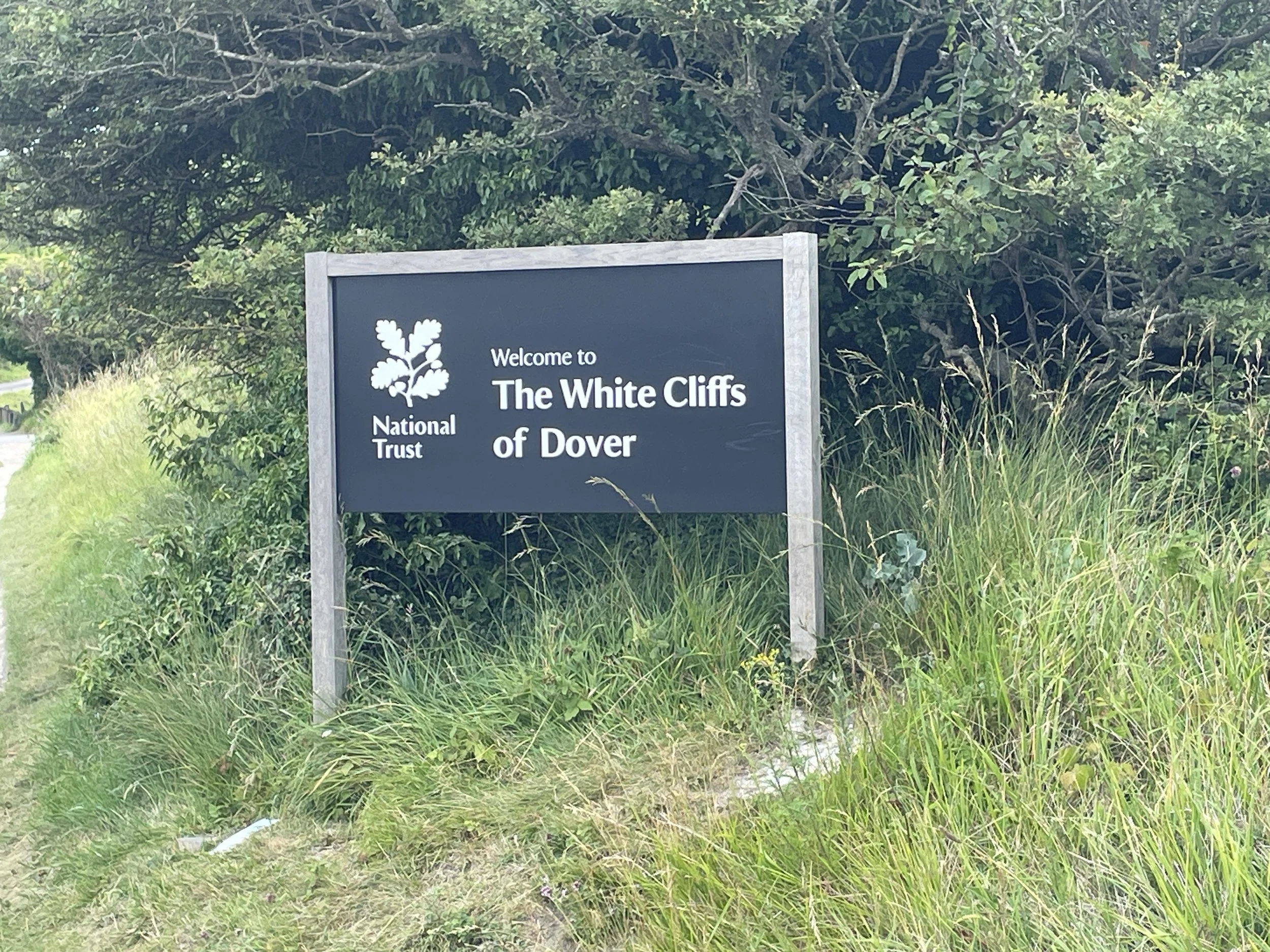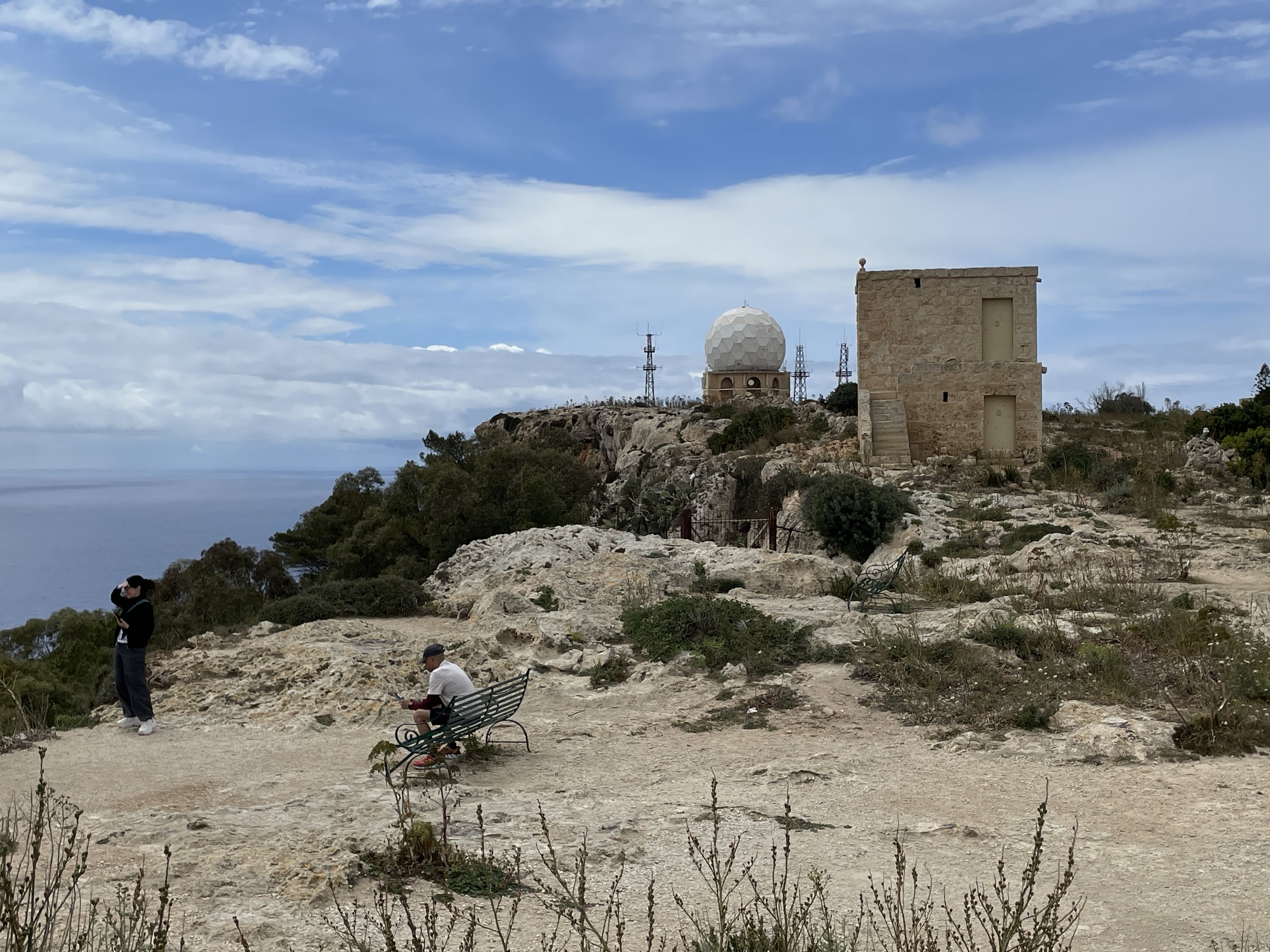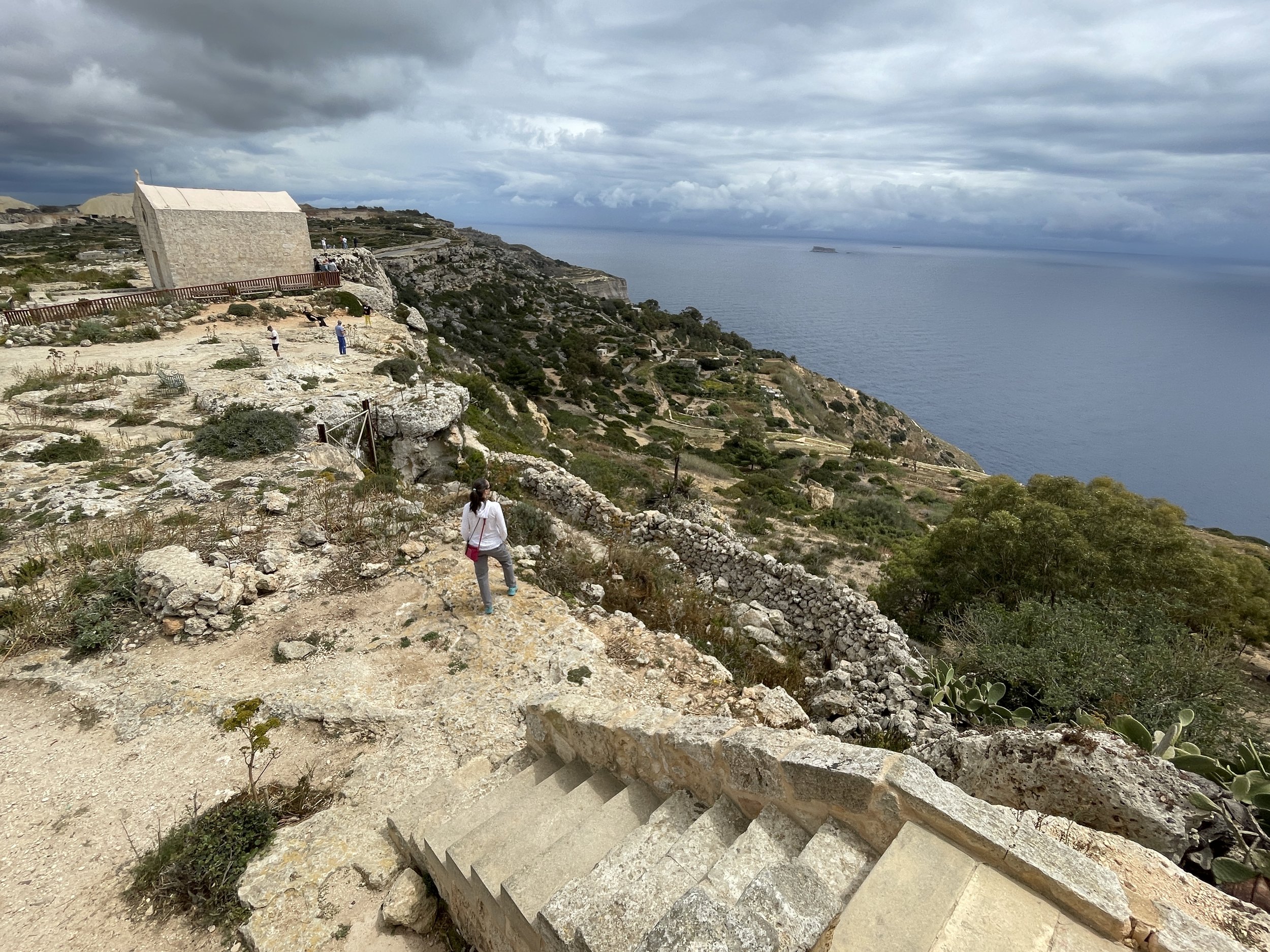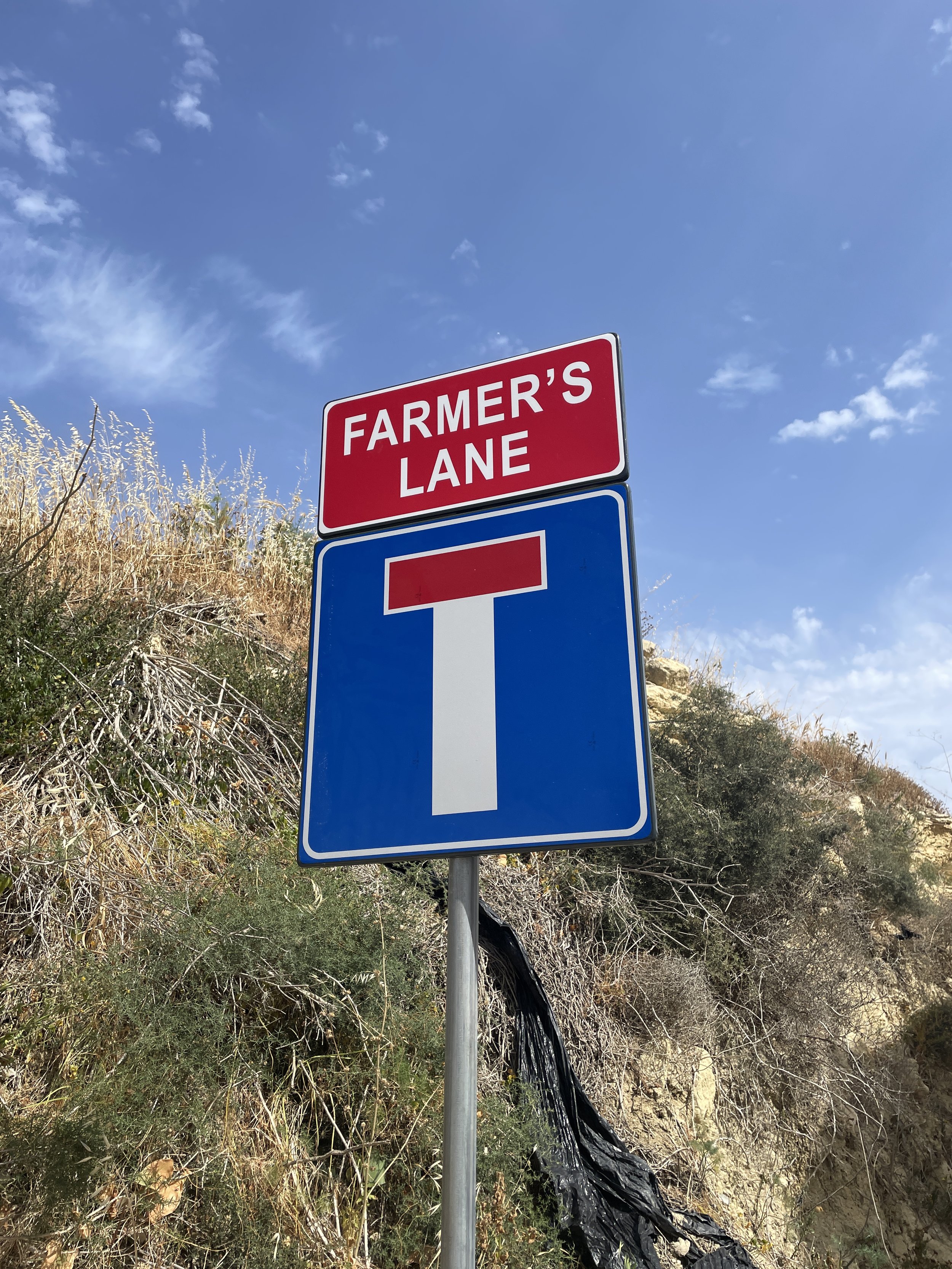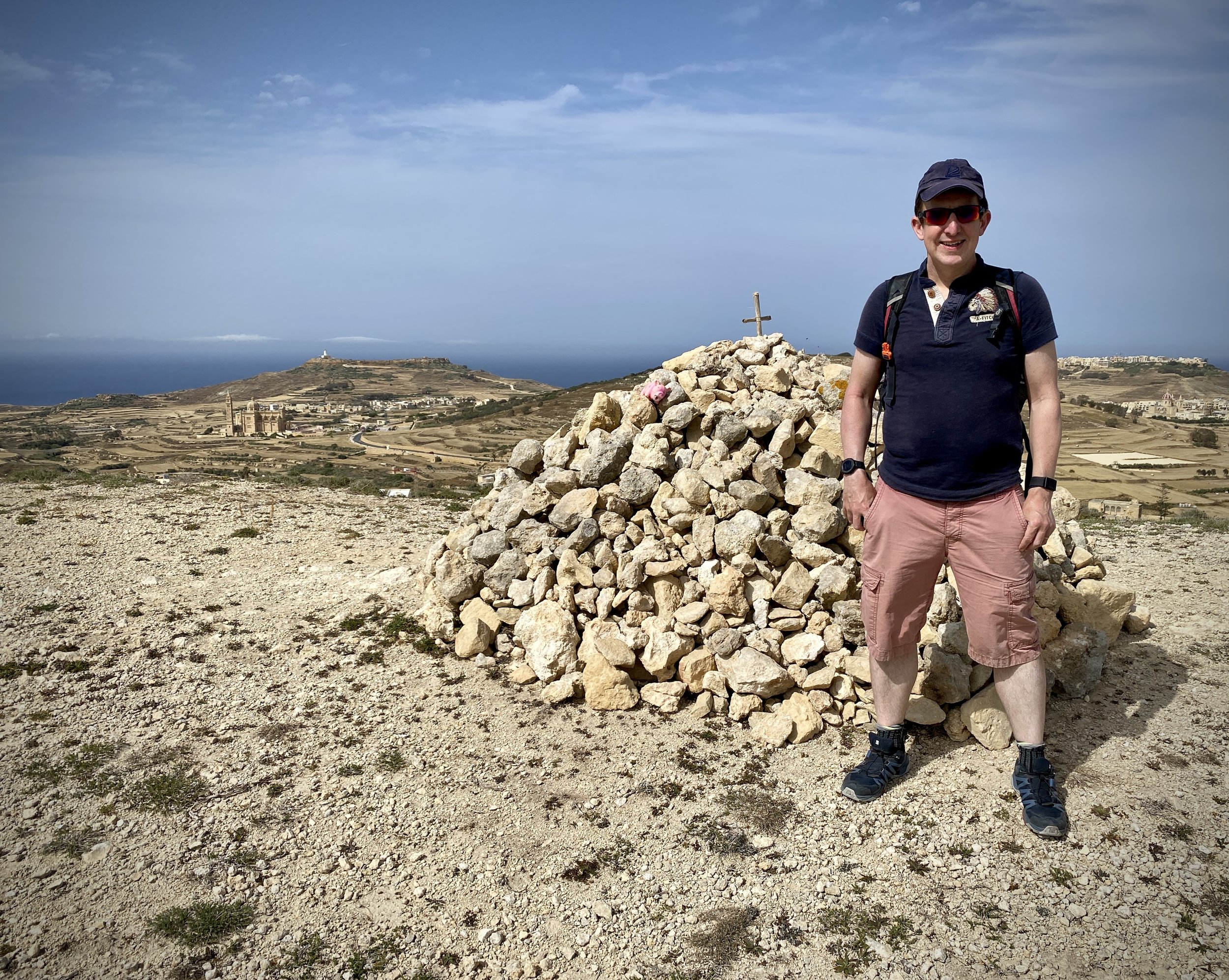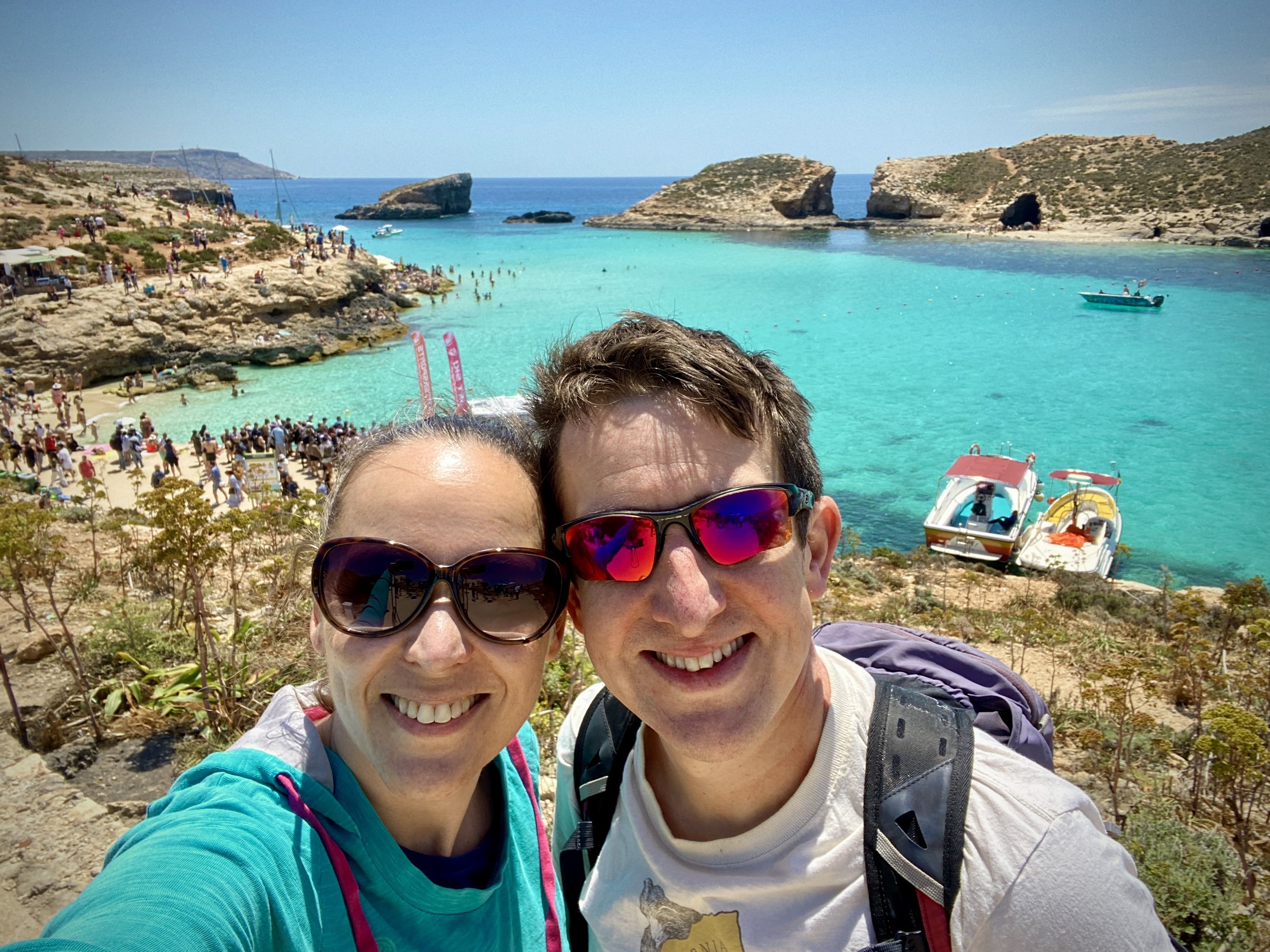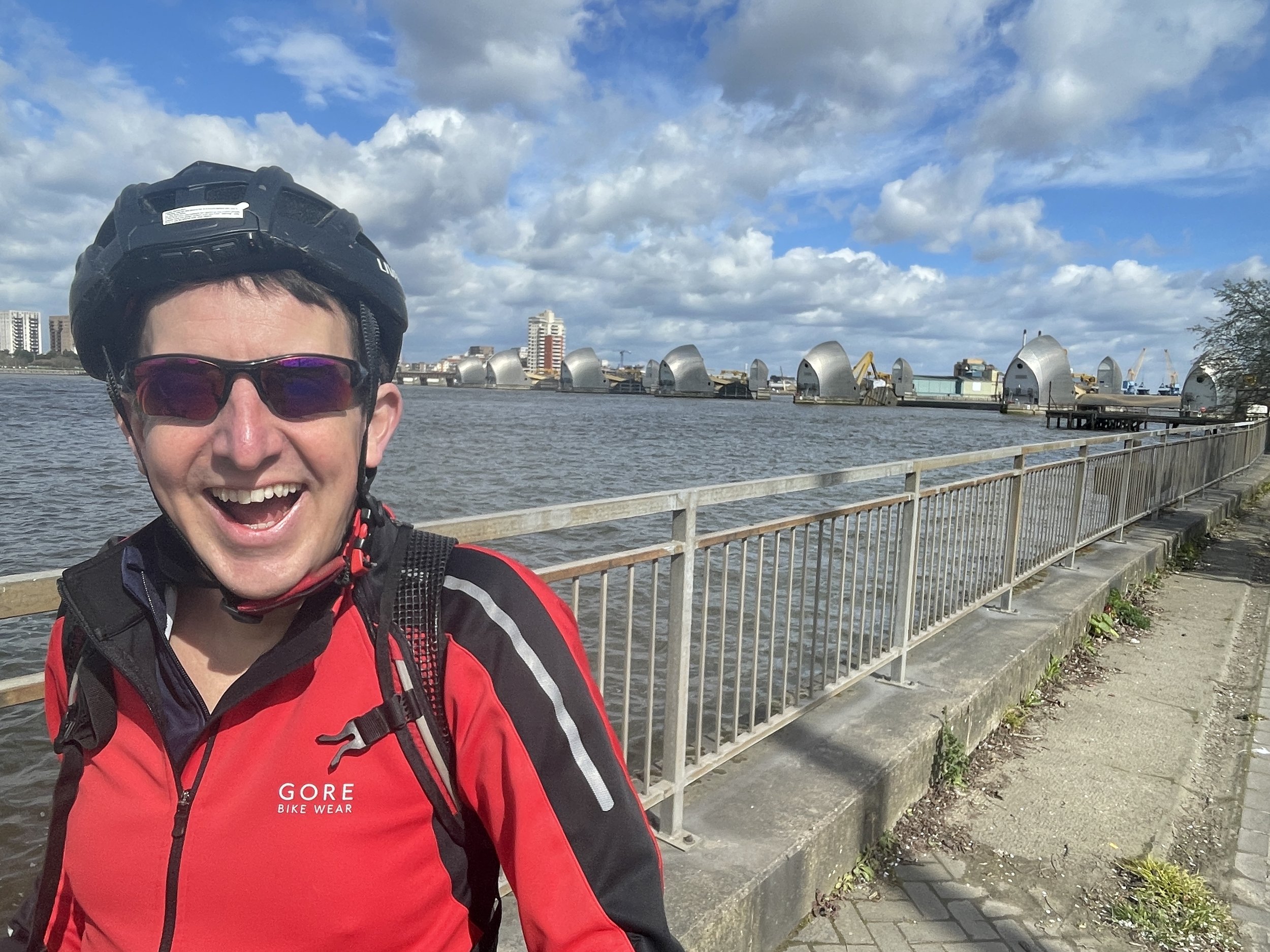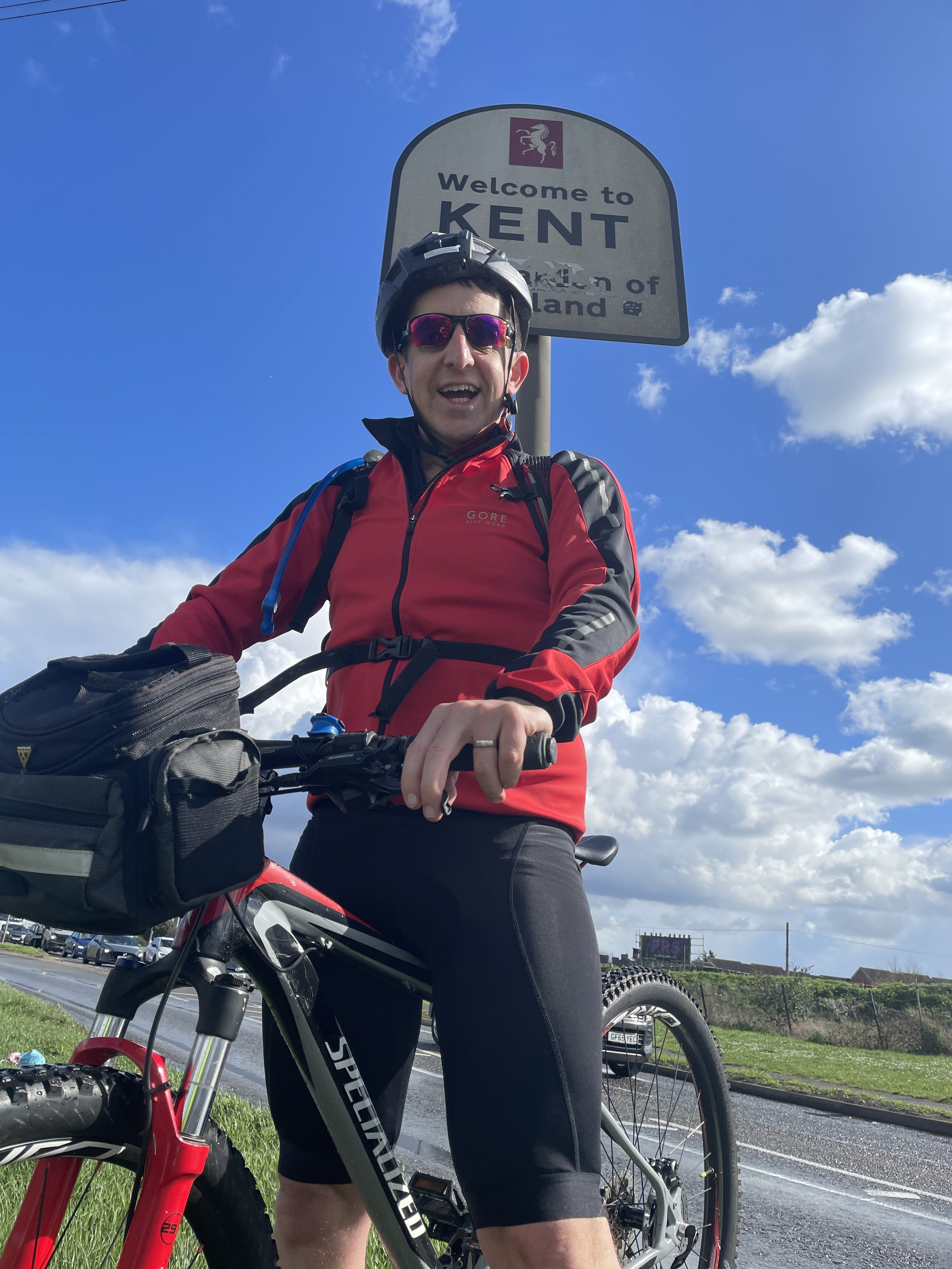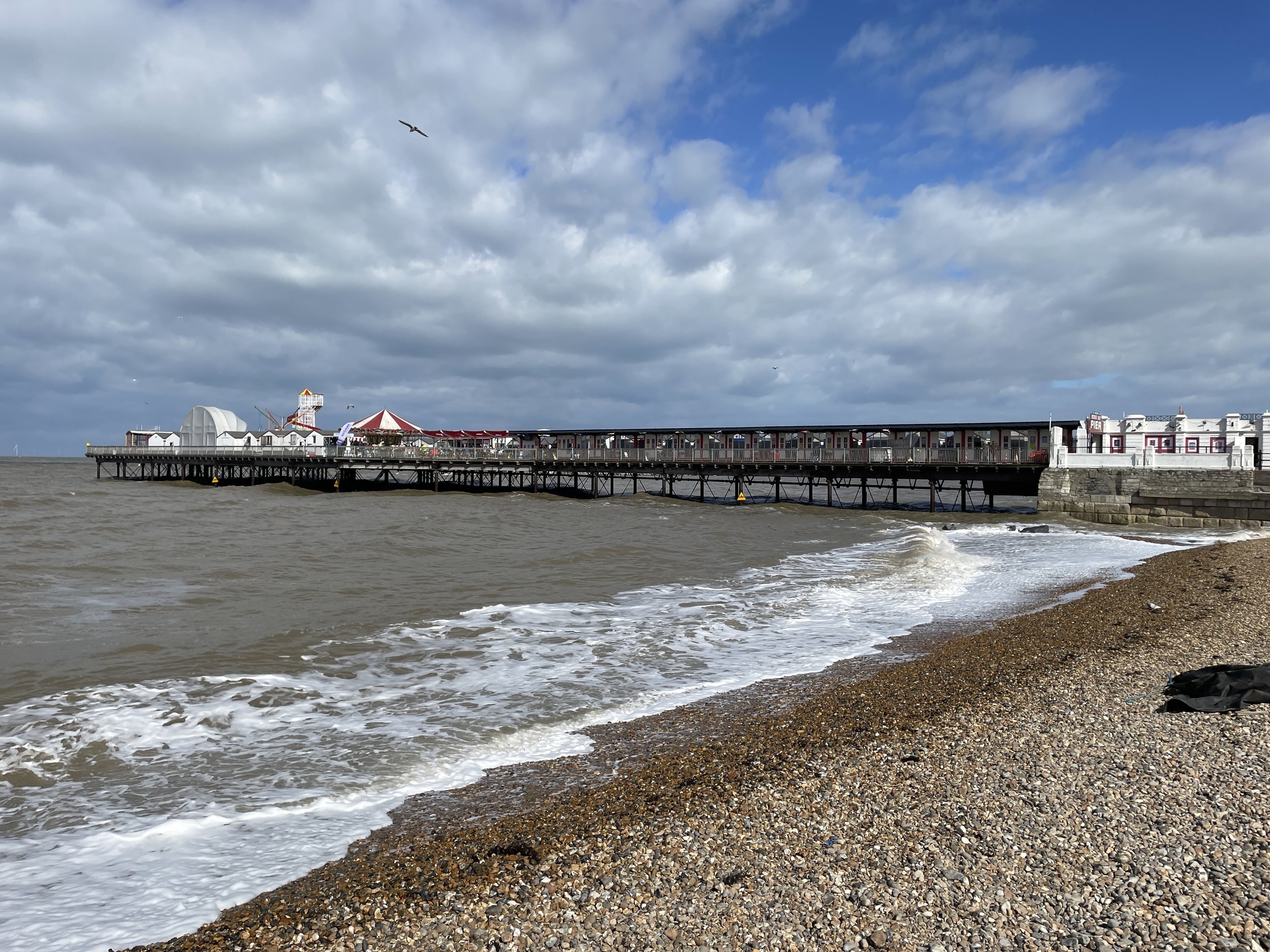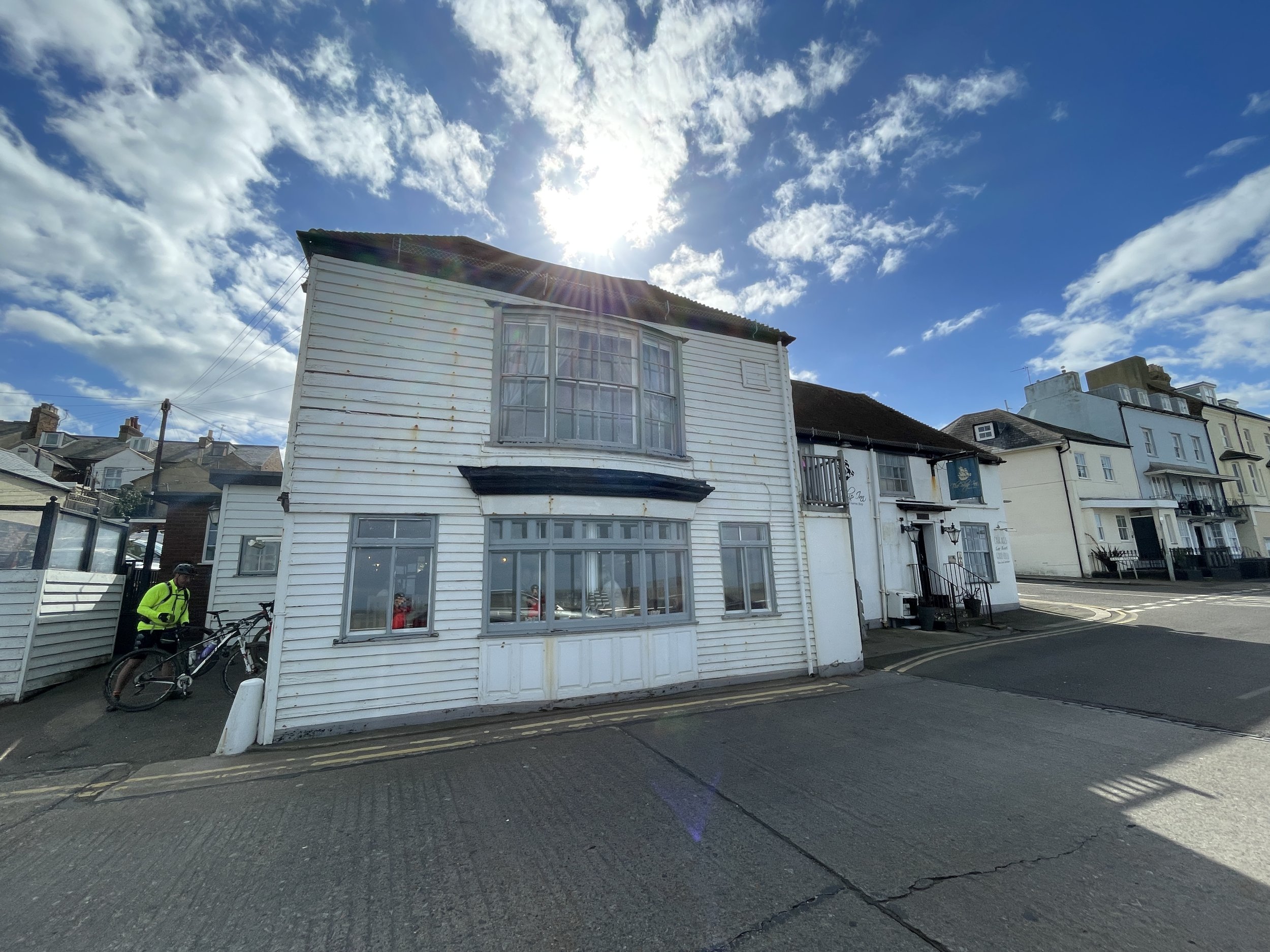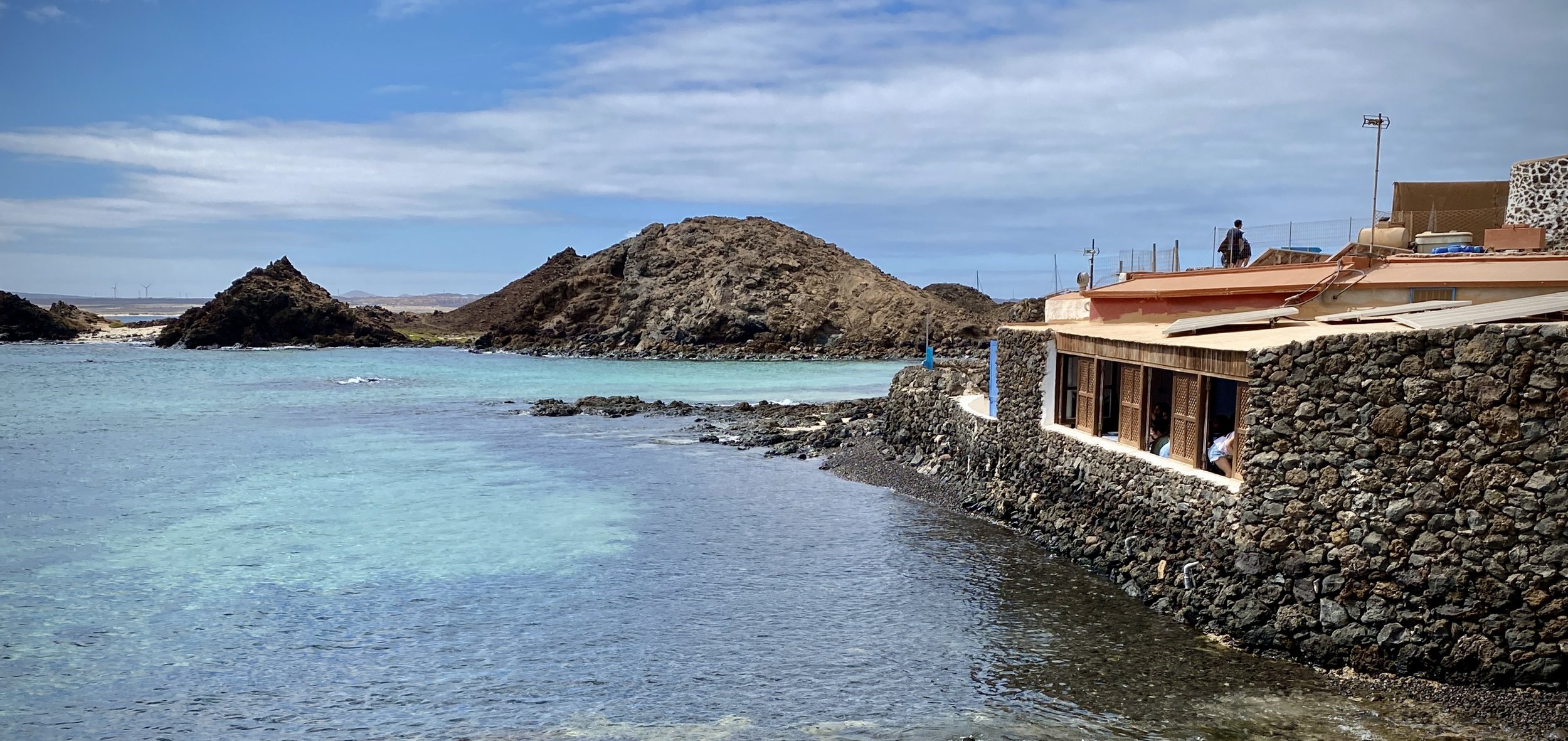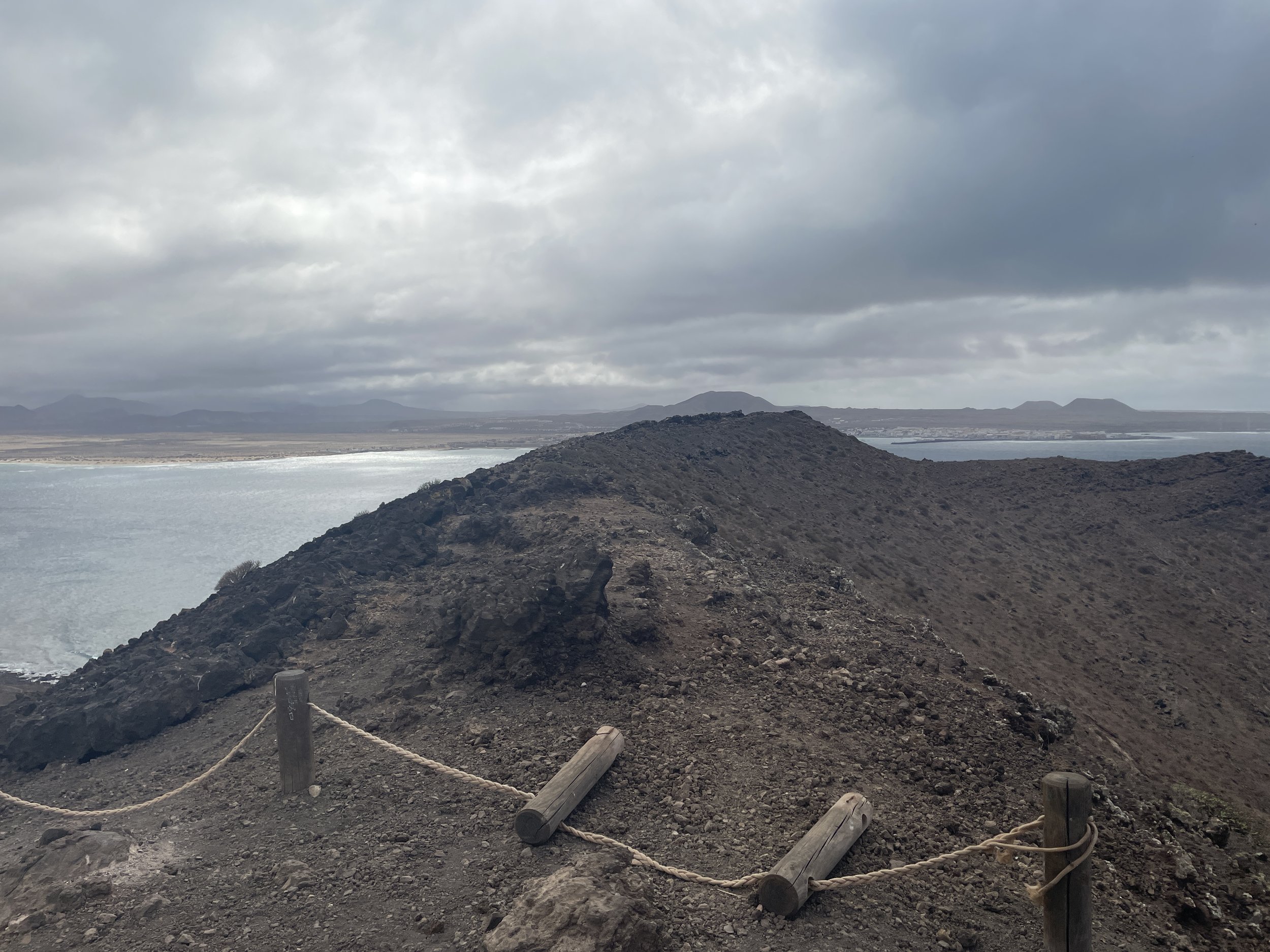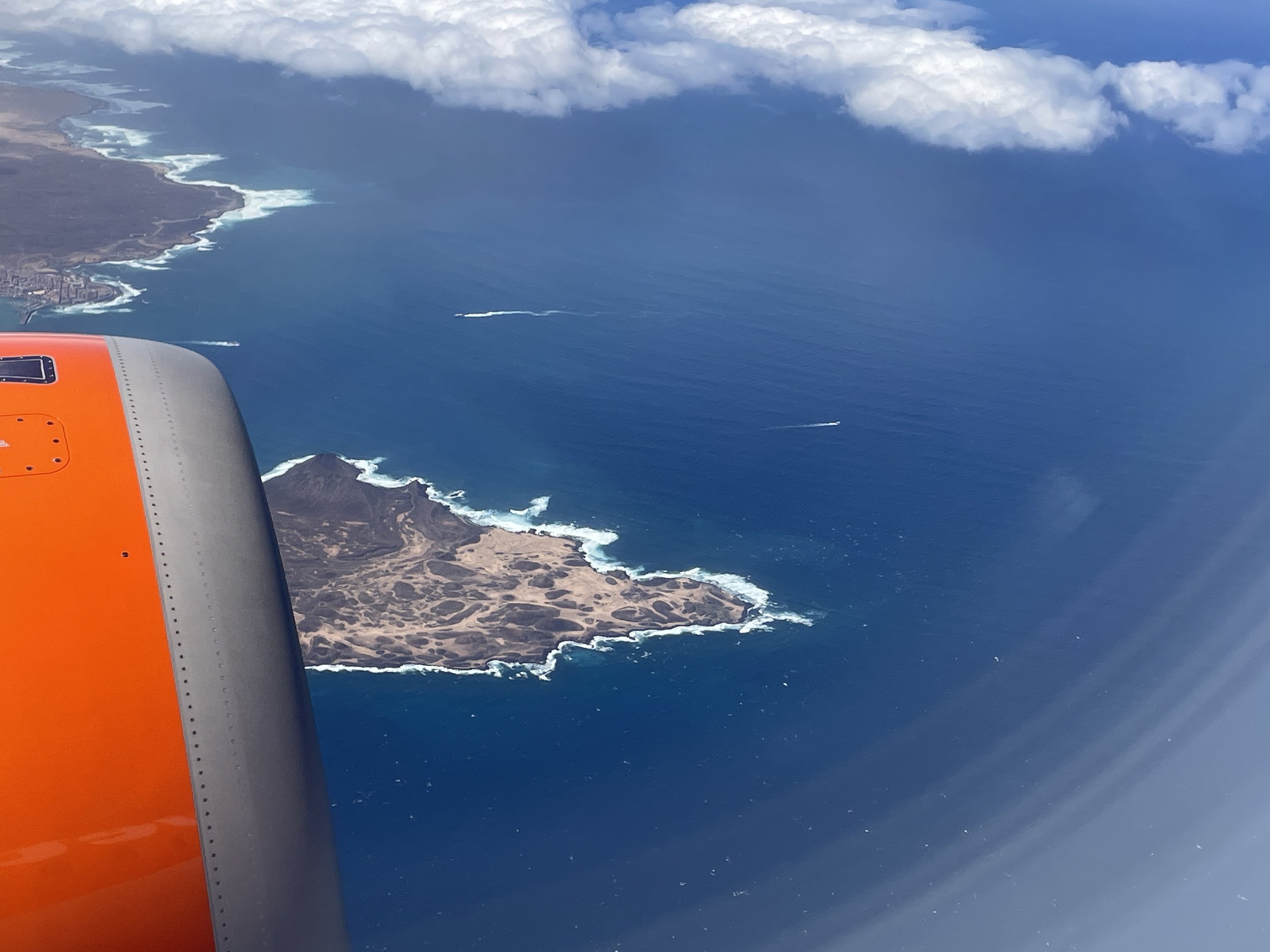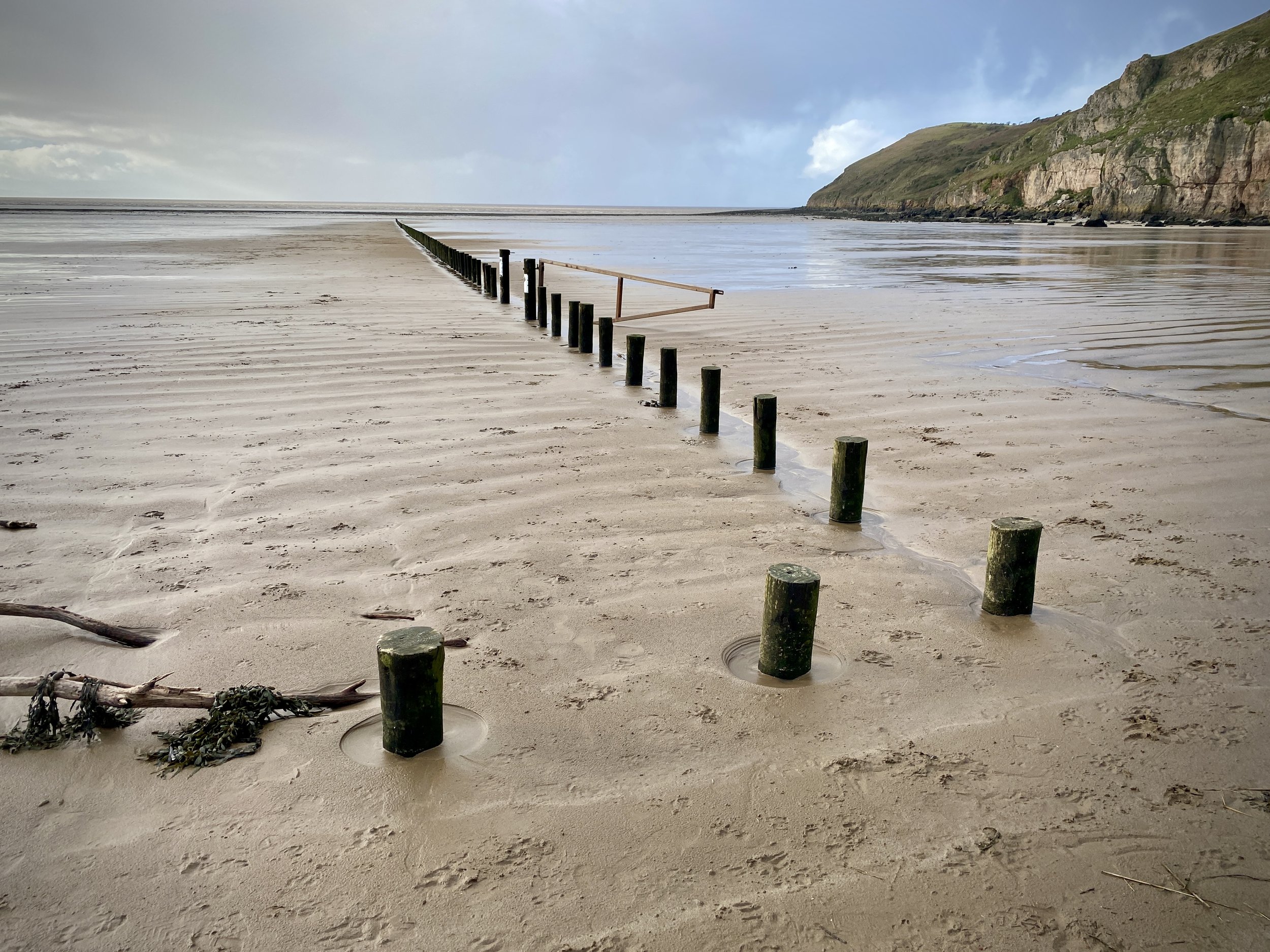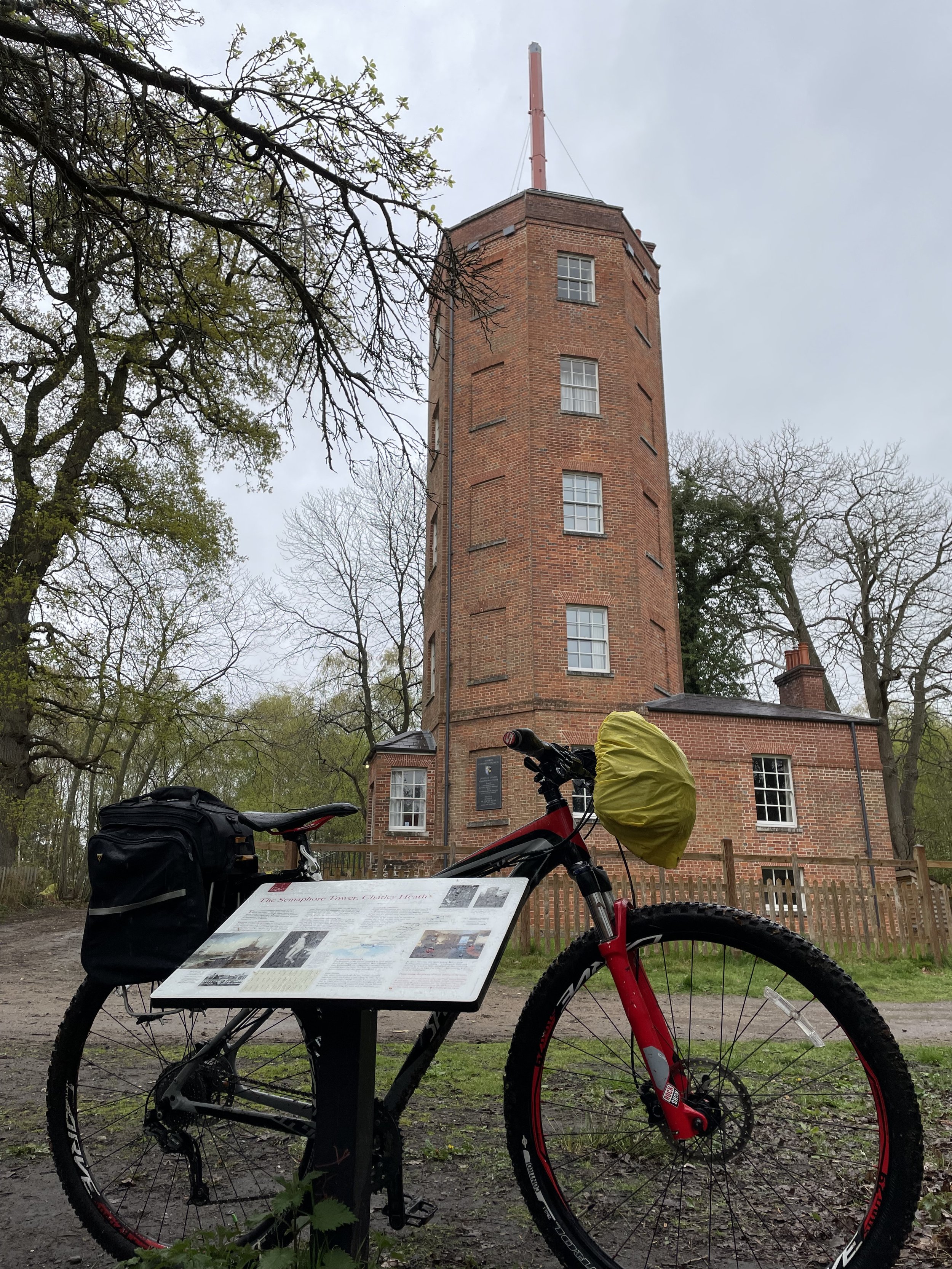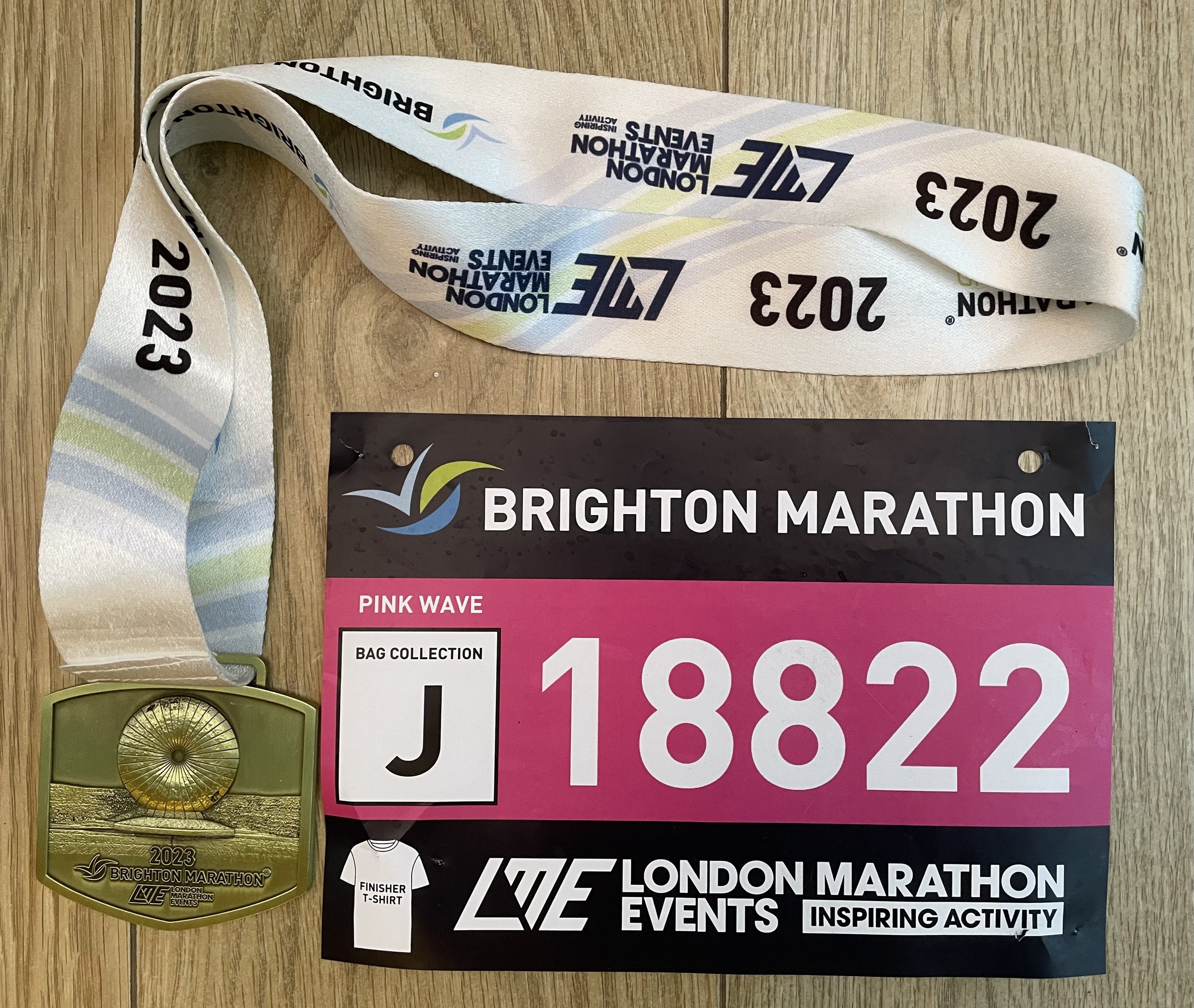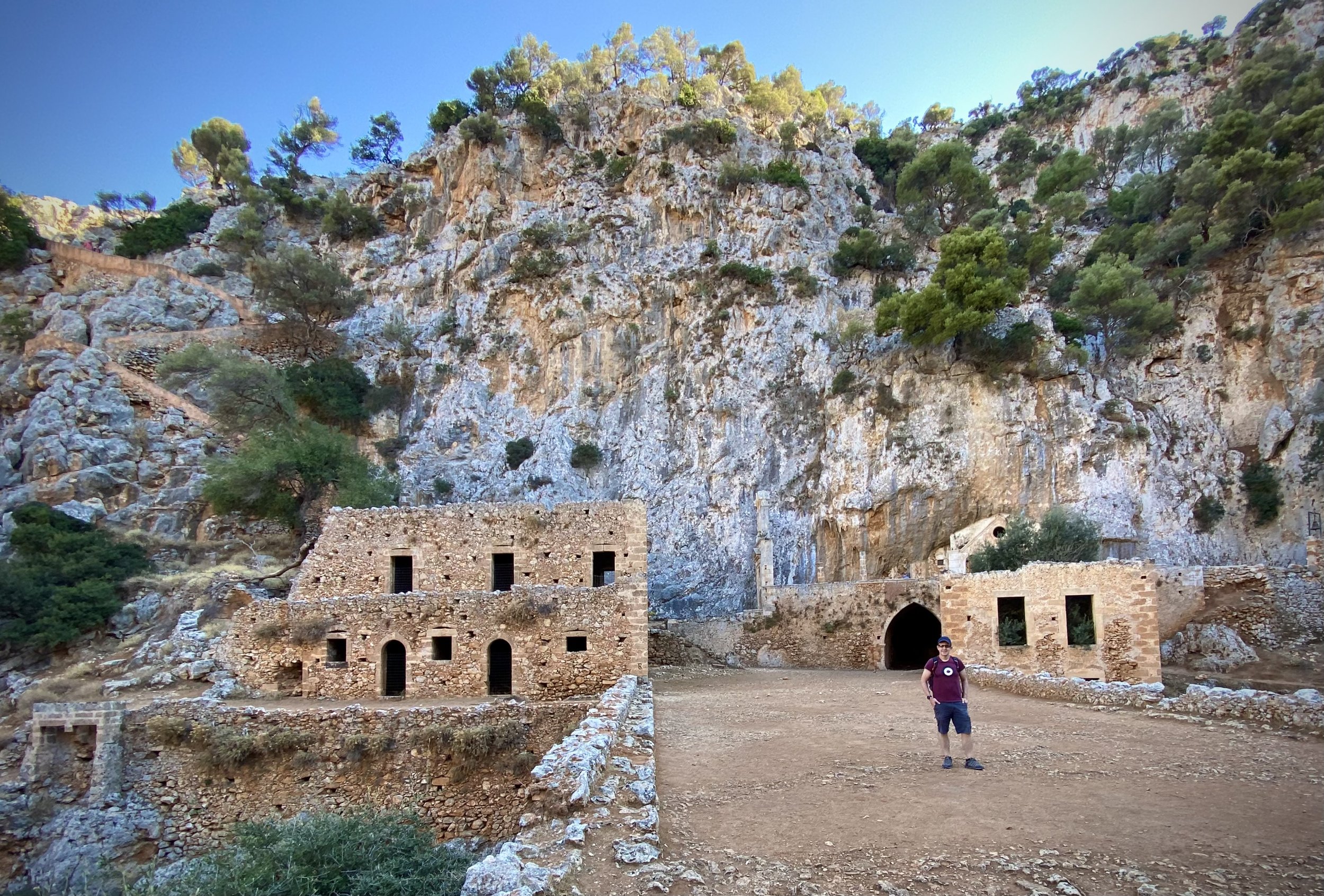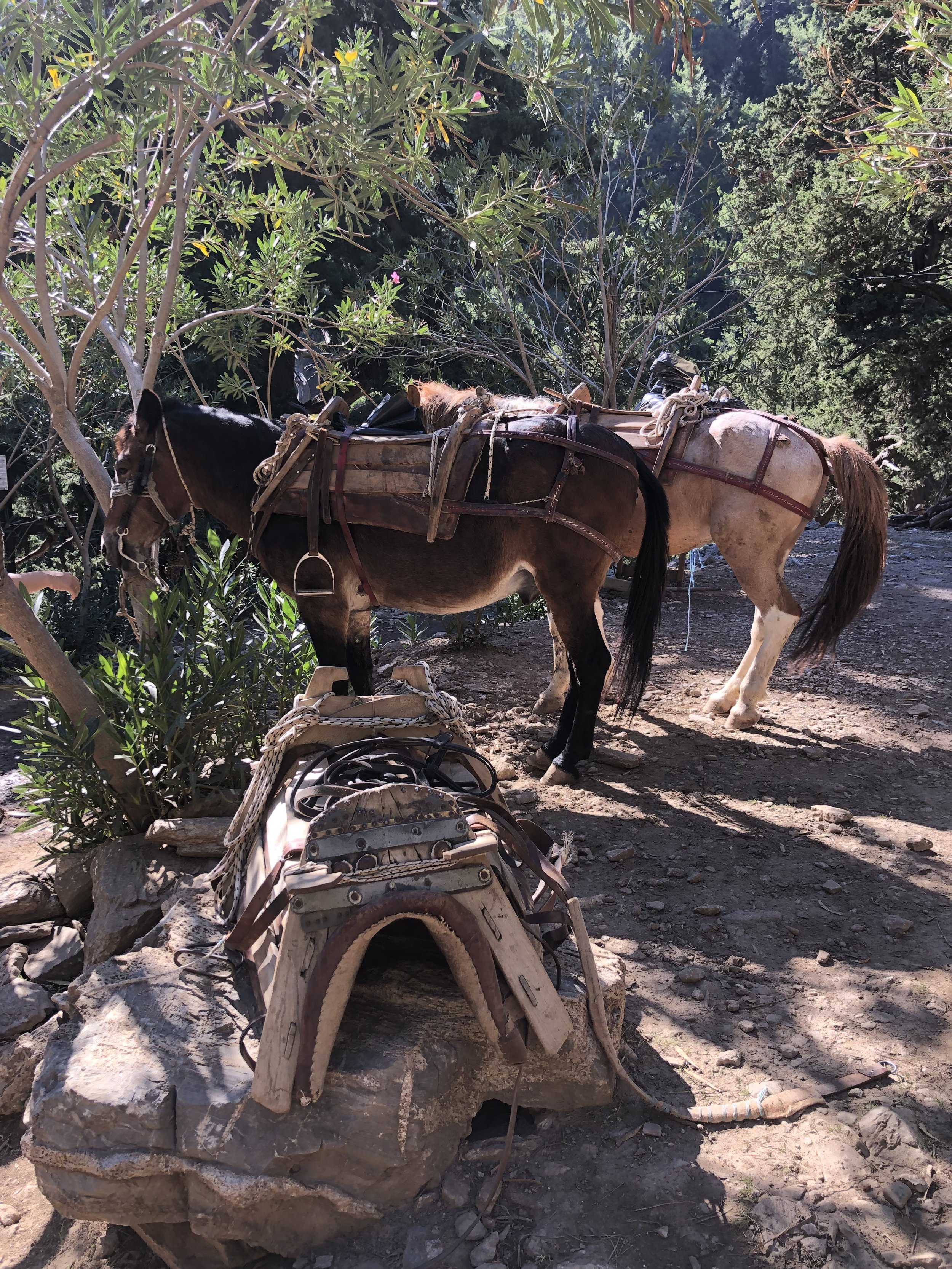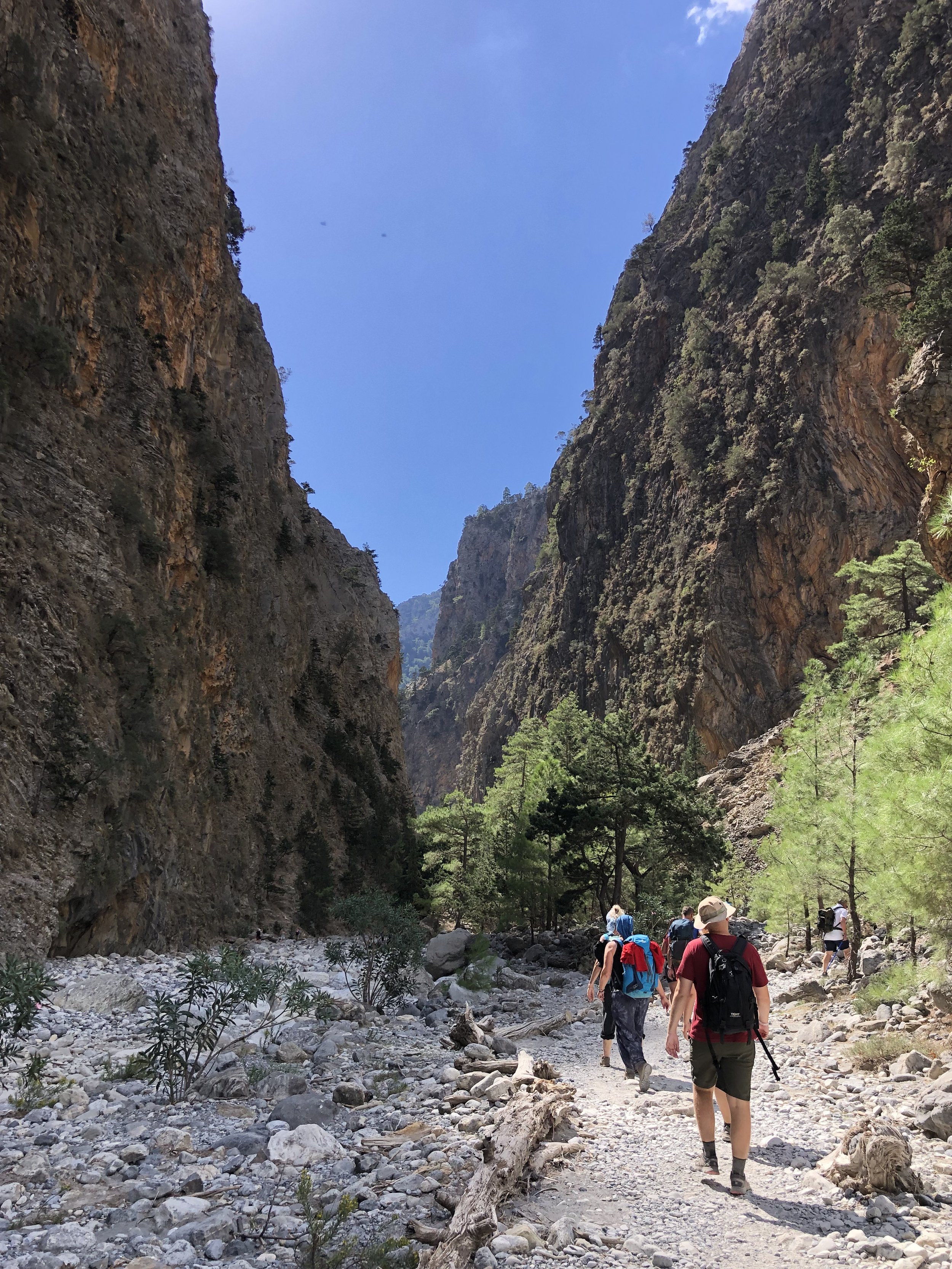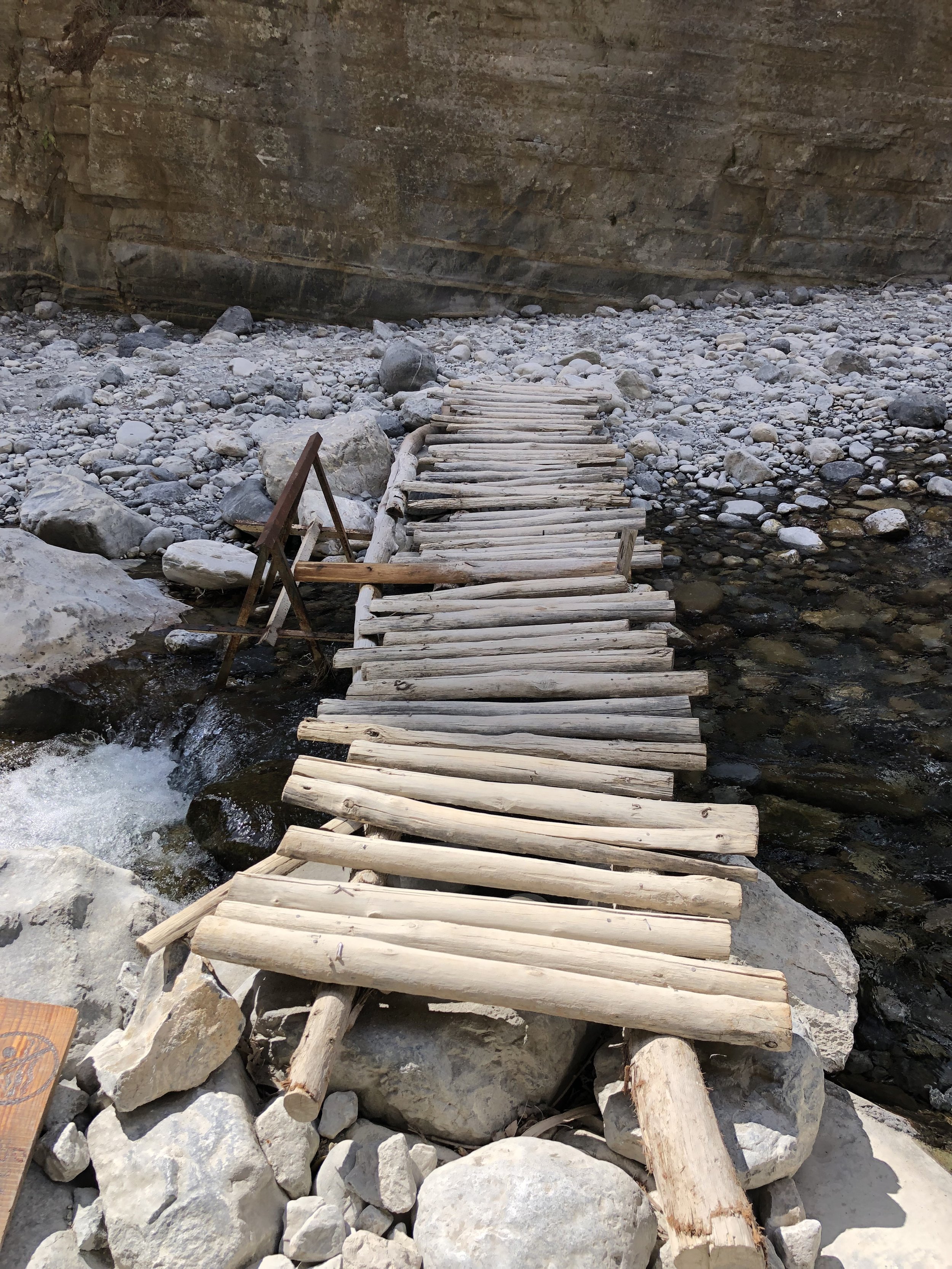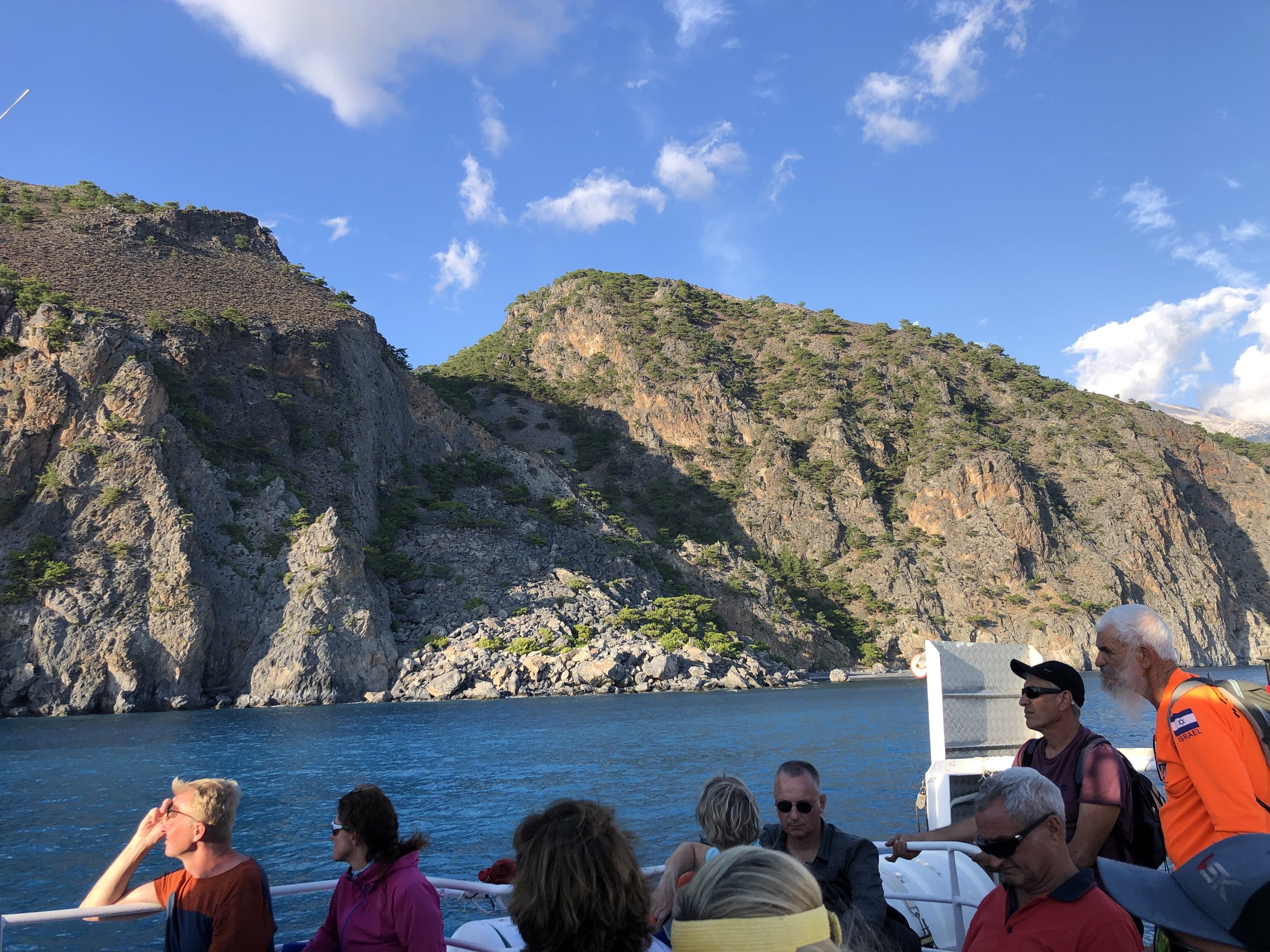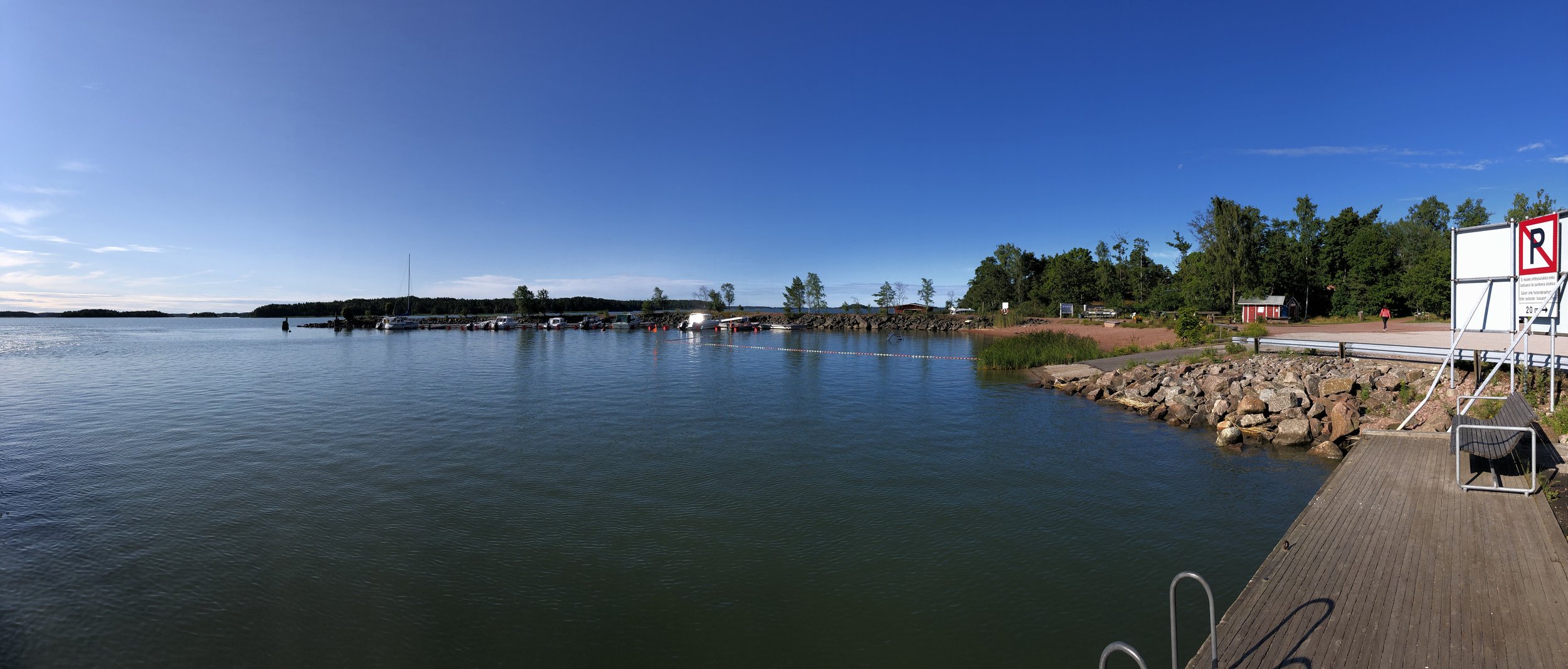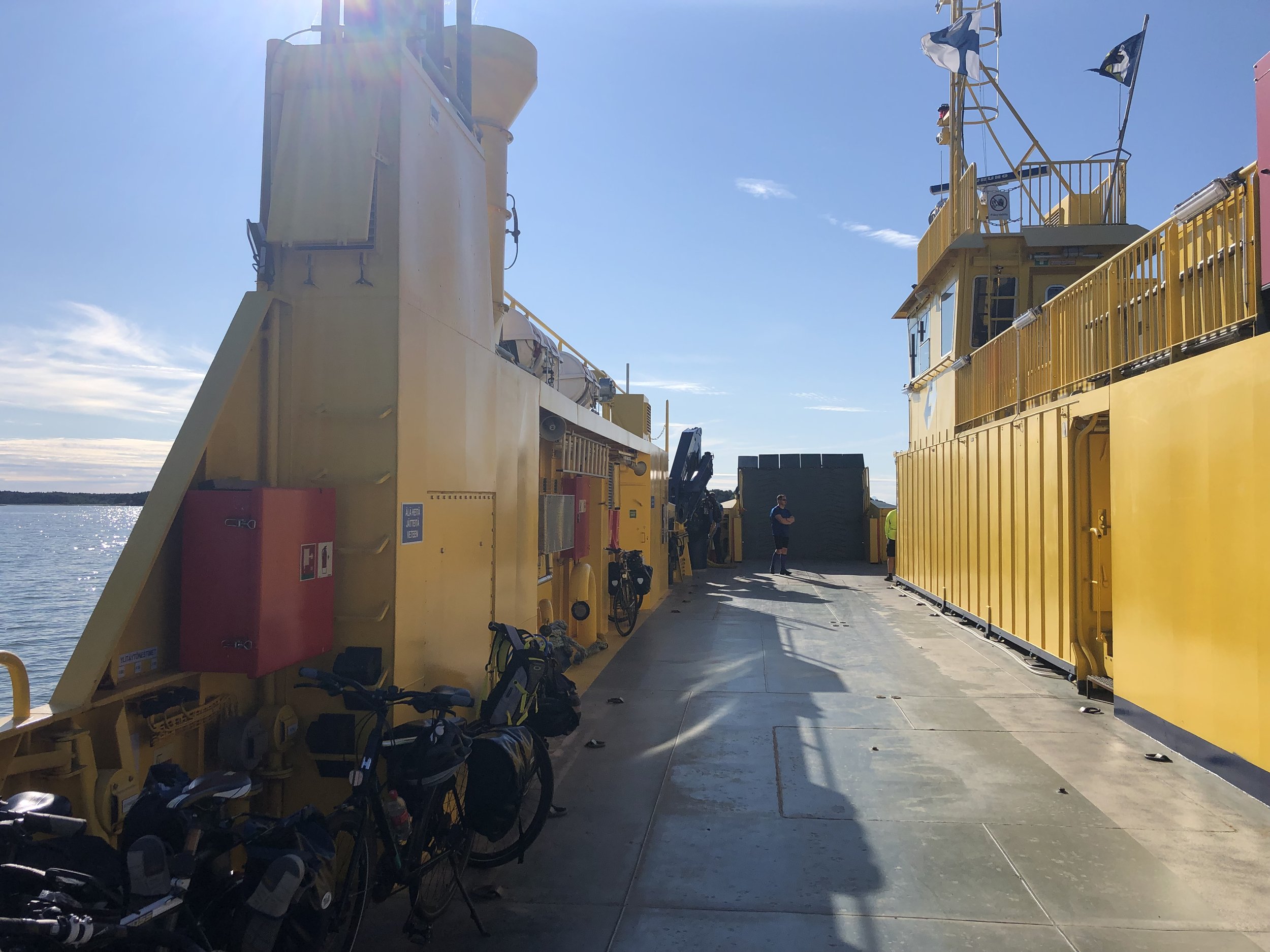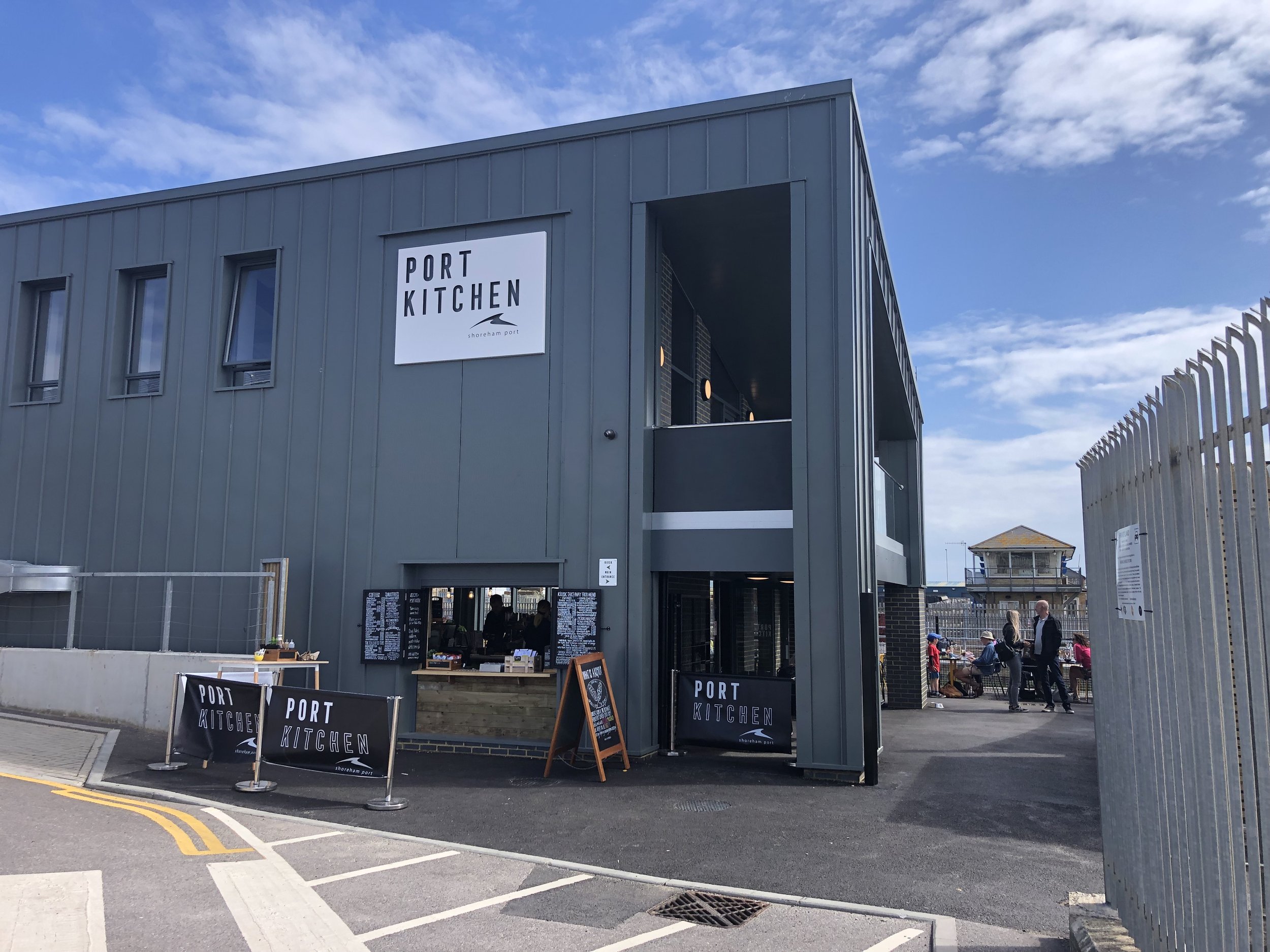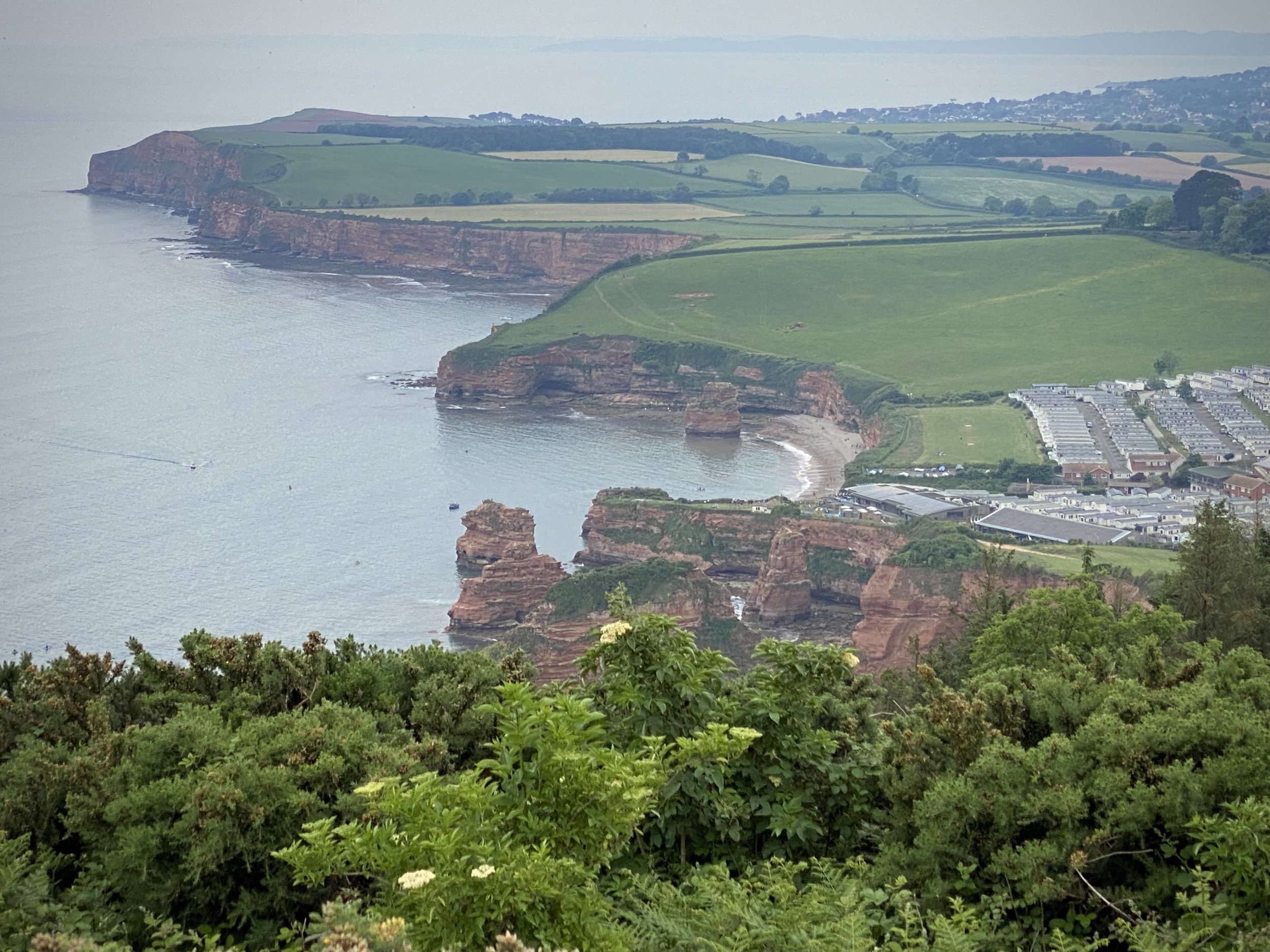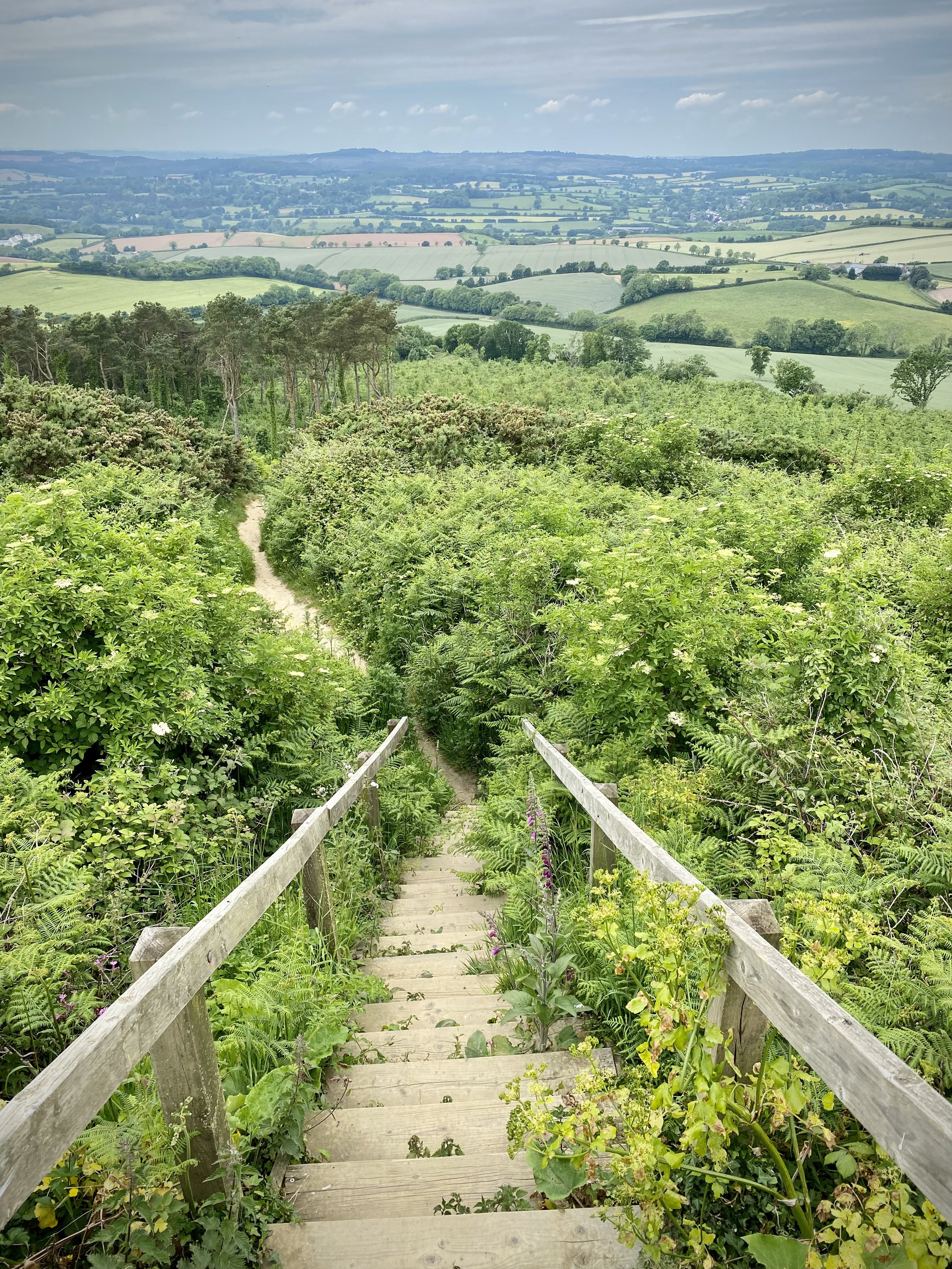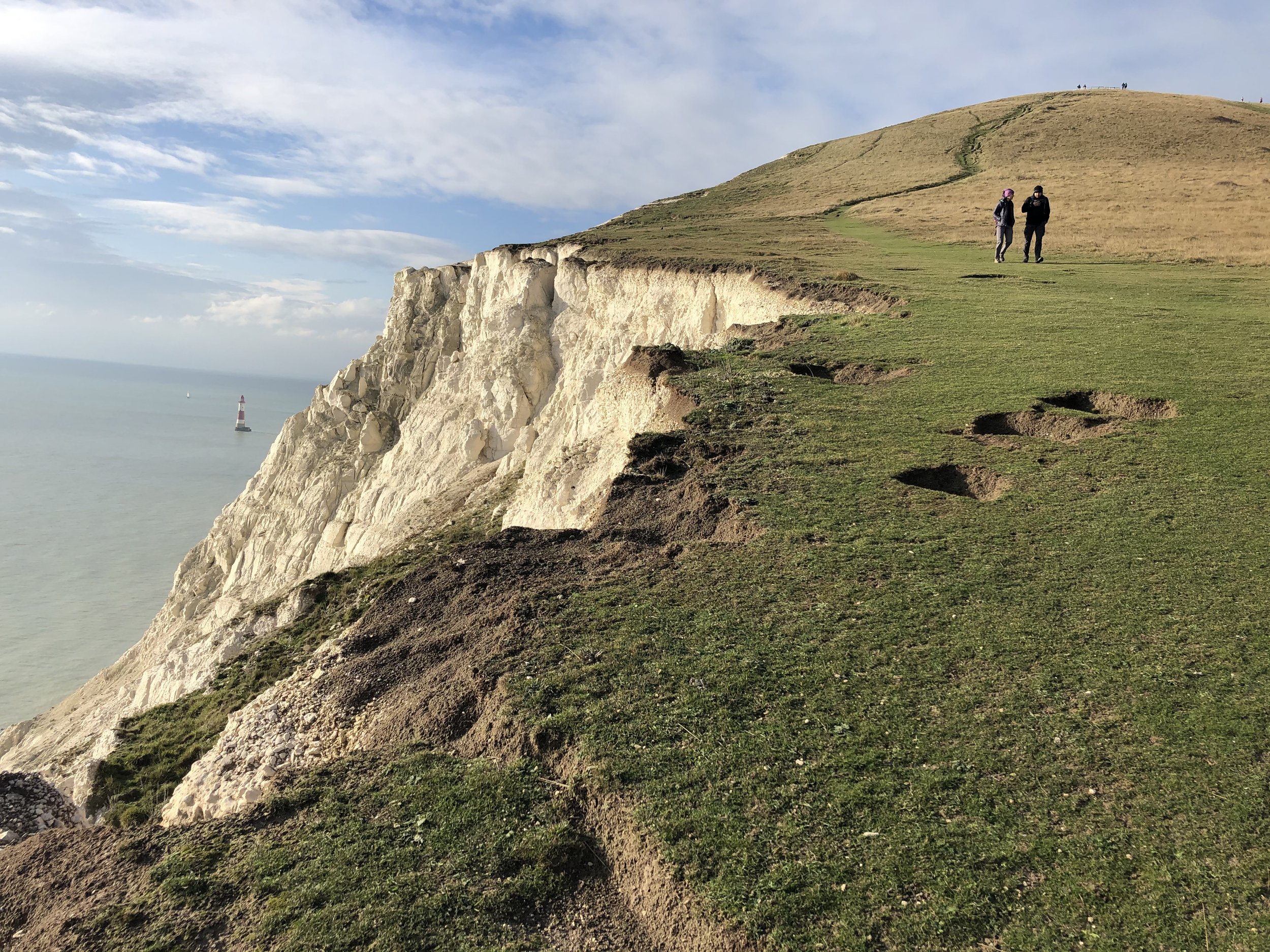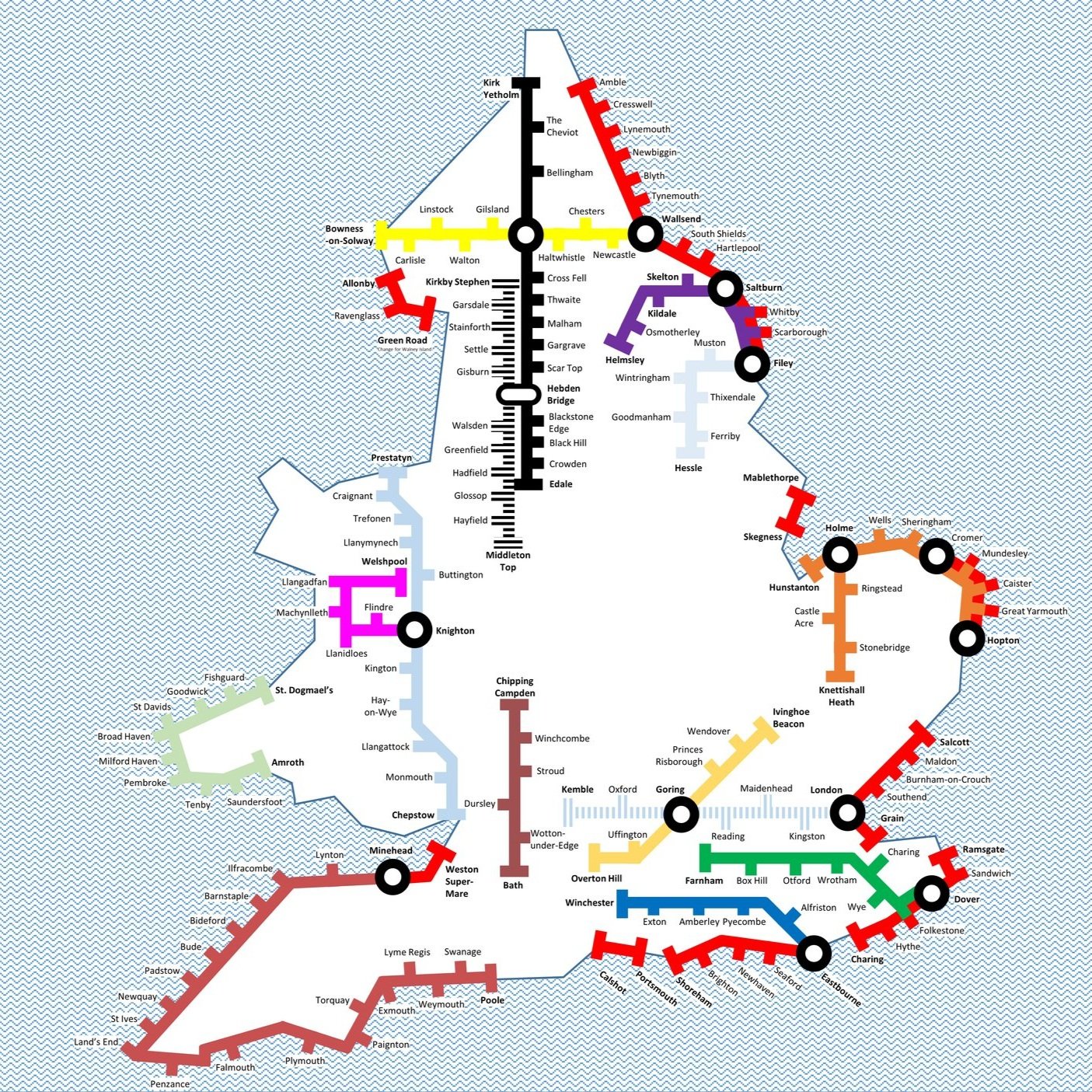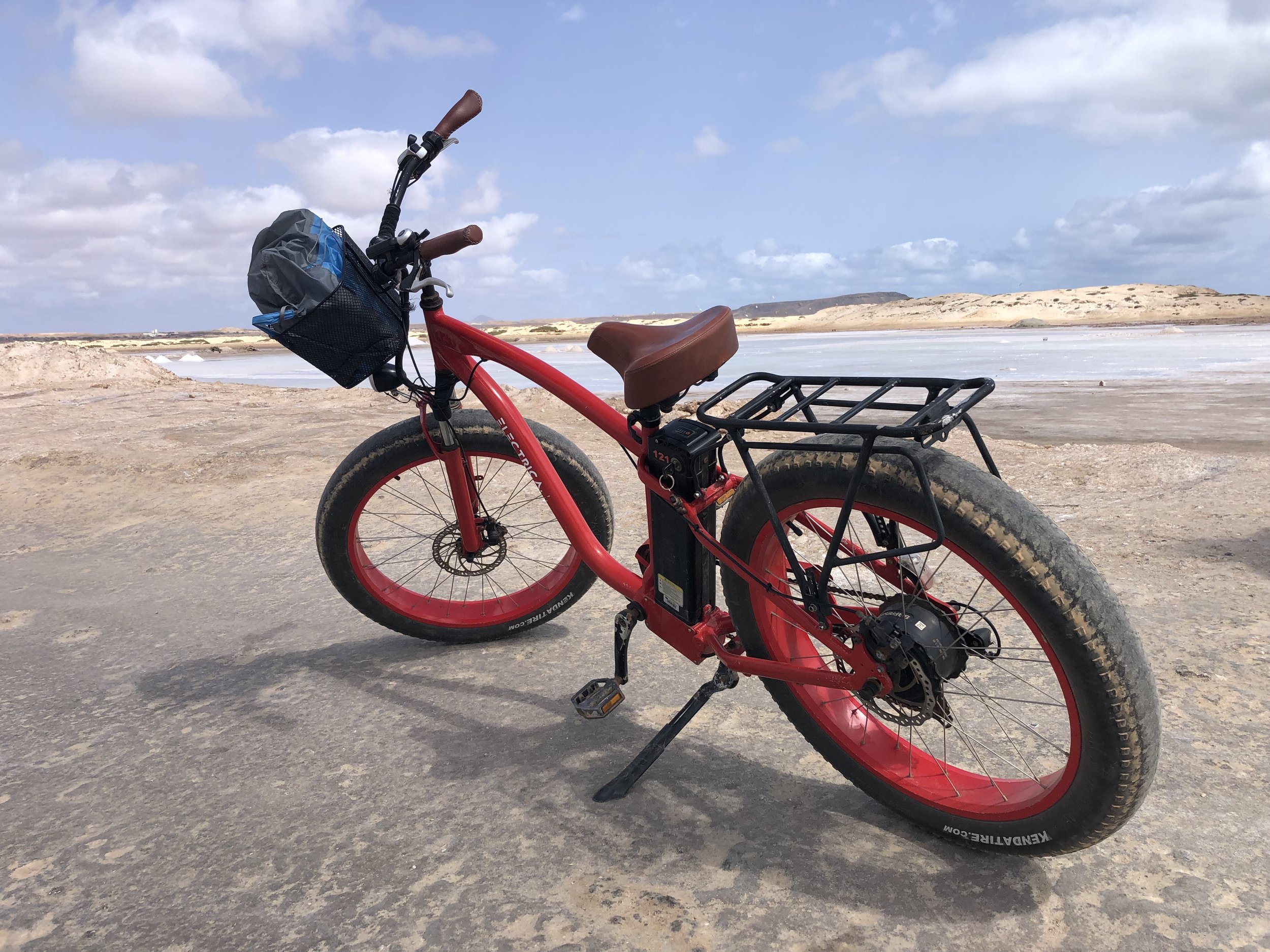The Corpach Shipwreck
Start & Finish: Banavie Locks Car Park, Banavie, Fort William, PH33 7PL
Distance: 5.4 km (3.4 miles)
Elevation change: +/- 30m
GPX File: get via Buy Me a Coffee
Other routes touched (walk): Great Glen Way
Other routes touched (cycle): NCN 78
Pubs / Cafes on route: Cafe at The Moorings Hotel at the start and finish. An Cafaidh Mara Corpach (3.5 km in)
Map: Ben Nevis & Fort William Map | The Mamores & the Grey Corries, Kinlochleven & Spean Bridge | Ordnance Survey | OS Explorer Map 392
Links: Fort William, Banavie, Banavie Station, Caledonian Canal, Neptune’s Staircase, Great Glen Way, Corpach, Corpach Shipwreck
This is a short walk at the southern end of the Caledonian Canal. The canal runs for approximately 60 miles, connecting the west coast of Scotland at Loch Linnhe to the north-eastern coast at Inverness. We were staying in Fort William for a couple of days and wanted to see Neptunes’s Staircase so we turned it into an interesting short circular walk. Neptune’s Staircase is the longest staircase lock in Britain, lifting boats 20 metres through eight locks.
Starting from the Banavie Locks Car Park take a left onto the canal towpath to ascend Neptunes Staircase in a north-easterly direction. Cross over the top lock and take a right to follow the towpath in a south-westerly direction, following the Great Glen Way. Carefully cross over the A830 and continue along the towpath / Great Glen Way to the final lock at Corpach.
Near the end of the canal you’ll see the Corpach Shipwreck across a football field to your left. The ship has been beached there since 2011 and has become a local landmark. If the weather and tides are fine it’s worth a quick diversion from the towpath to check it out.
The canal and towpath finish at Loch Linnhe in the small town of Corpach. Cross over the final lock to the northern side. We stopped at the small cafe in the marina for food and an escape from the heavy rain that suddenly came through.
From Corpach Marina keep on the northern side of the canal heading in a north-easterly direction to return to Banavie Locks.













































